Stamford Park Homestead
Brahman Perera played on the tradition of early Australian homesteads with their intrinsic European origins in the classic and contemporary design of Stamford Park Homestead in Rowville.
Built by the entrepreneurial Row Family in 1882 as their country residence, Stamford Park Homestead remains an important part of the Rowville and Lysterfield Community. Uninhabited since 1987, the homestead its surrounding grounds fell into disrepair and 30 years later was almost derelict. Valued as a magnificent example of 19th century architecture, Stamford has now been lovingly restored by synergetic collaborators, restaurateur Jason Jones (Entrecôte, Bouzy, Second Home) and interior designer and partner, Brahman Perera.
Lush upholsteries, mixed solid timbers, honed marble and natural rattan form a rich material palette, borrowing from the tonality and moving textures of the surrounding gardens and wetlands. Historic furniture pieces spanning multiple eras were collected by the couple over many years; an eclectic assemblage that not only finds new life in the project, but are thoughtfully overlaid with contemporary artistic gestures. A 1930’s glass pharmaceutical dispensary cabinet and over-scaled lantern have been hand-painted by artist Brian Cheung, while timber pieces are topped with honed marble and lounge settings are reupholstered in jewel-toned velvets.
The duo have thoughtfully curated the expansive selection of artworks, combining photographic works by Marnie Haddad and the deeply textured landscapes of Paul Ryan. Sheer drapery articulates whimsical canopies interspersed with crisp bell-shaped plaster pendants. The addition of iconic design pieces imbues the homestead with contemporary inflections, disrupting and reinvigorating the typical homestead vernacular.
Stamford is an extension of how Jones and Perera entertain at home, inviting guests to move from one space to the next throughout their dining experience. In addition to the grand dining rooms, Stamford is replanned to define two private suites with delightful ancillary settings to break away and enjoy a pre or post-dinner drink. Each space combines elegant statement pieces with modern detailing and brilliant colour.
The interior is meticulously layered with personal touches that give a charming sense of comfort and domesticity. Jason’s grandfather’s violin, Brahman’s grandfather’s hand-carved walking stick, a commissioned artwork by Billie Justice Thomson depicting Perrier-Jouet champagne (Jones’ favourite) sit alongside teapots sourced during Braham’s country Victorian travels and unframed artworks bought at a Parisian flea market. These touches make Stamford feel very much like a home rather than a venue; a fitting homage to its origins as a country residence.
The retention and restoration of the historic Stamford Park Homestead utilises its existing embodied energy to its full potential, bypassing the wasteful energy consumption associated with demolition and reconstruction. By extending the lifecycle of this obsolete site, energy consumption is reduced and waste is minimised, offering substantial environmental benefits.
The project draws on local, Australian-certified materials, favouring natural solutions that age gracefully and minimise maintenance, reducing energy consumption over the life of the project. Designed in line with best practice principles, the interior uses FSC certified timbers and low VOC paints, adhesives, sealants and carpets. The overall aesthetic is one of an enduring and timeless quality, offering a sense of beauty and delight that will endure for many years to come.
As one of the last remaining 19th Century country Homesteads in Knox and the region, it was imperative that the design was sympathetic to, and respectful of, the existing narrative of the place. The project required numerous approvals to be sought from the heritage council and The City of Knox, posing time pressures on program, which spanned three years.
The development included the landscaping of an extensive 6 acres of gardens and grounds falling beyond Jones and Perera’s usual domain. Close consultation with the council and landscapers allowed for a successful solution that paid respect to the original gardens.
Design: Brahman Perera
Photography: Lillie Thompson


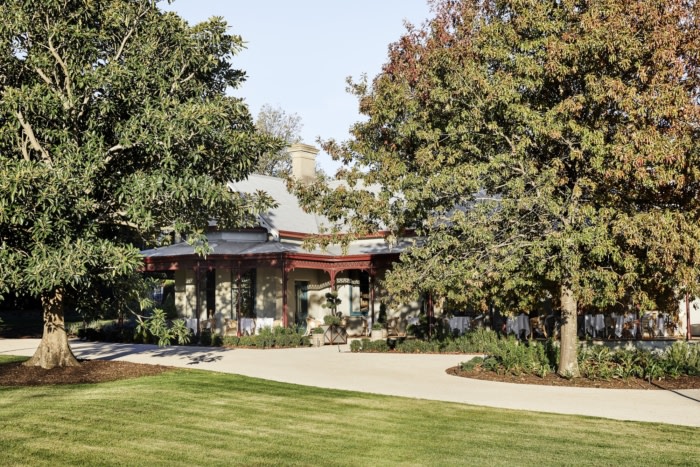
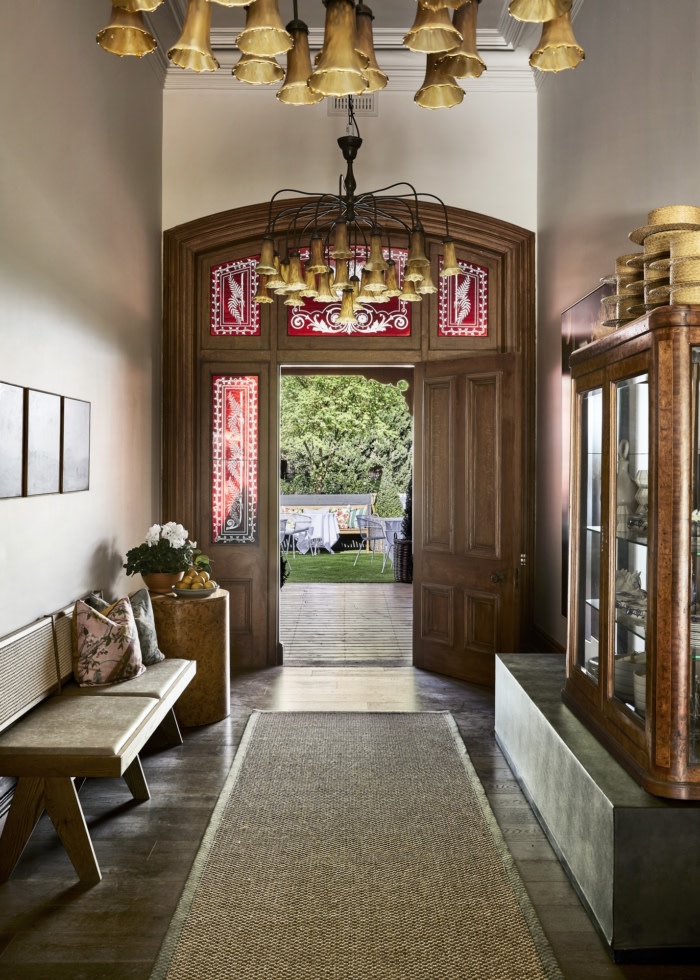

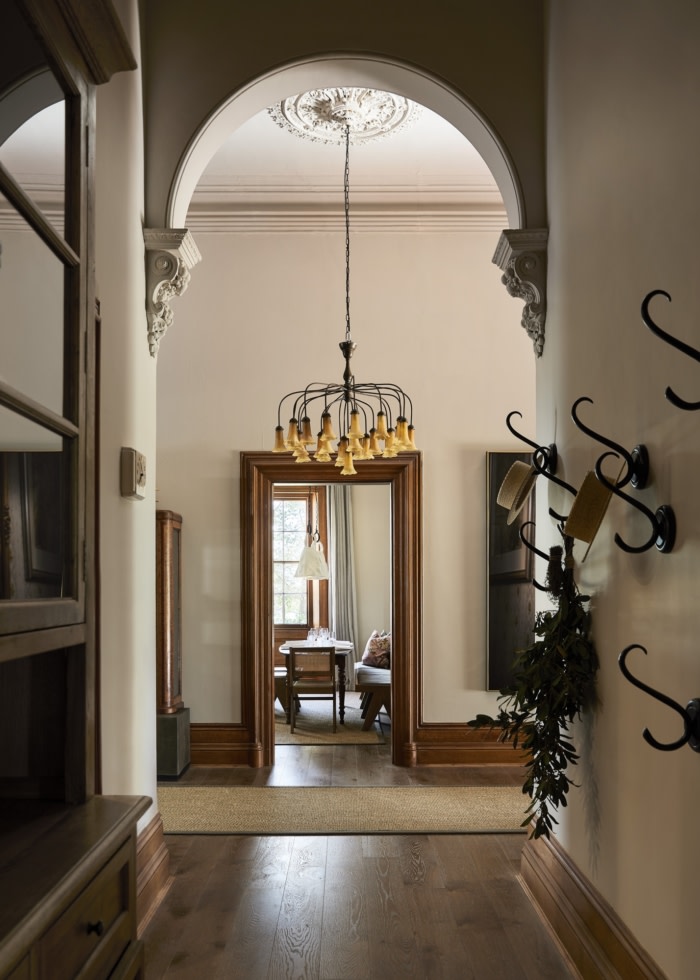

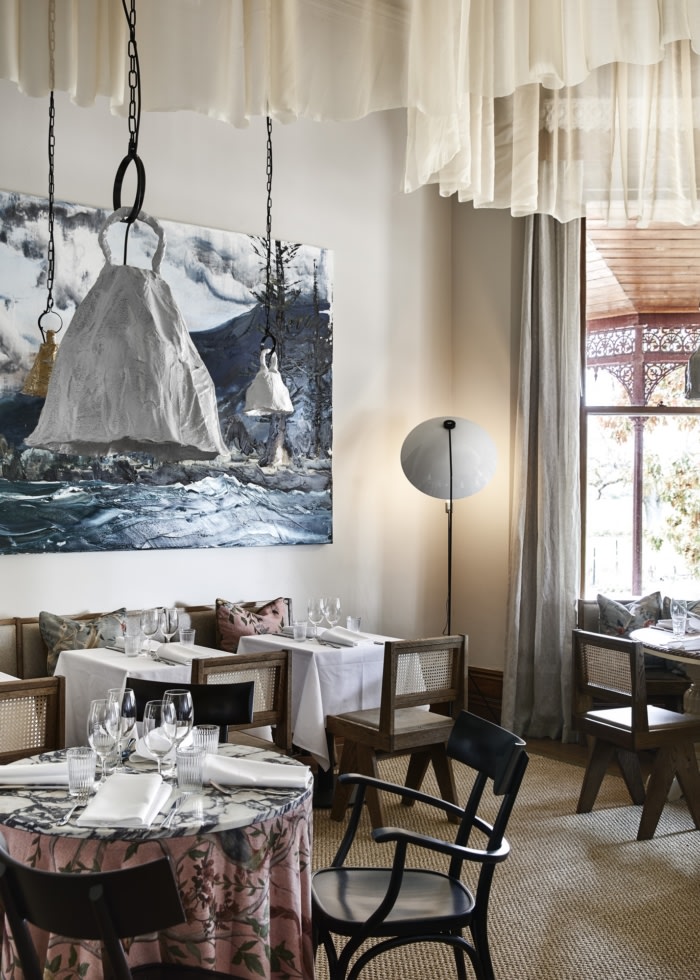
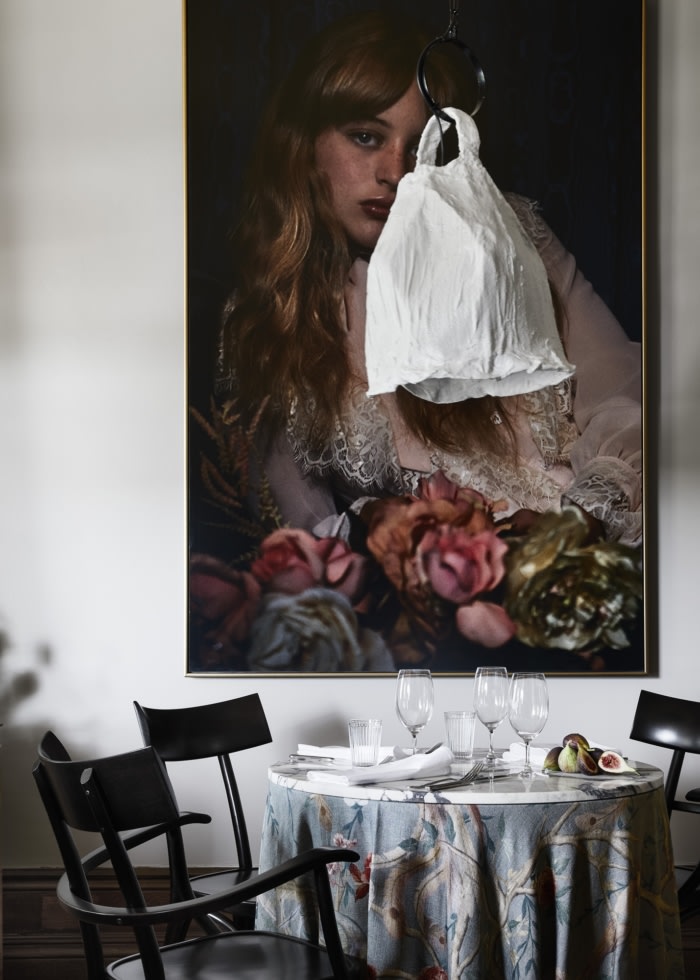
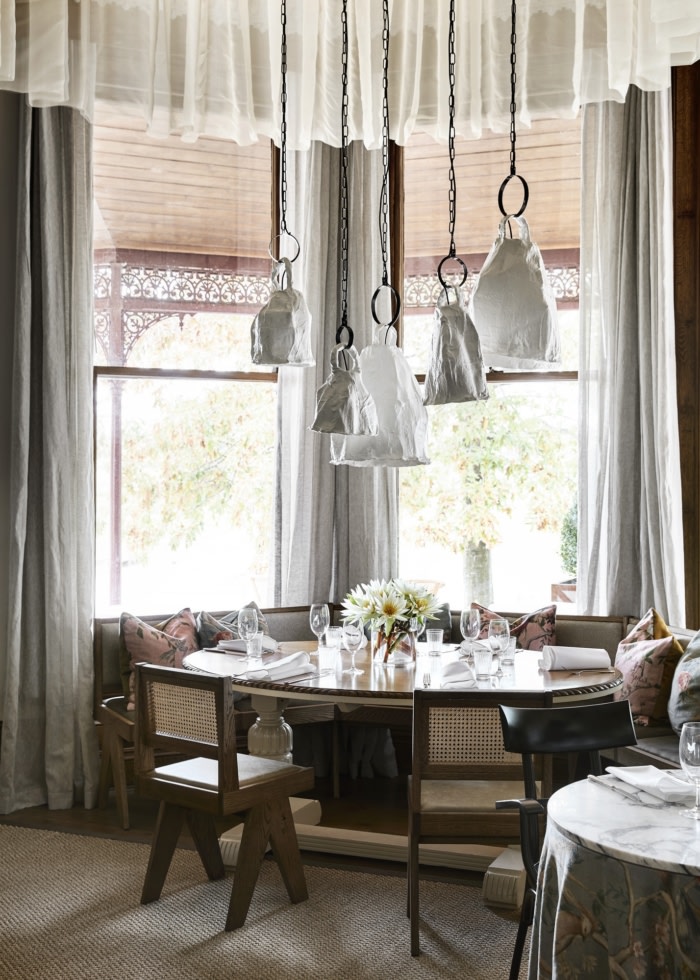
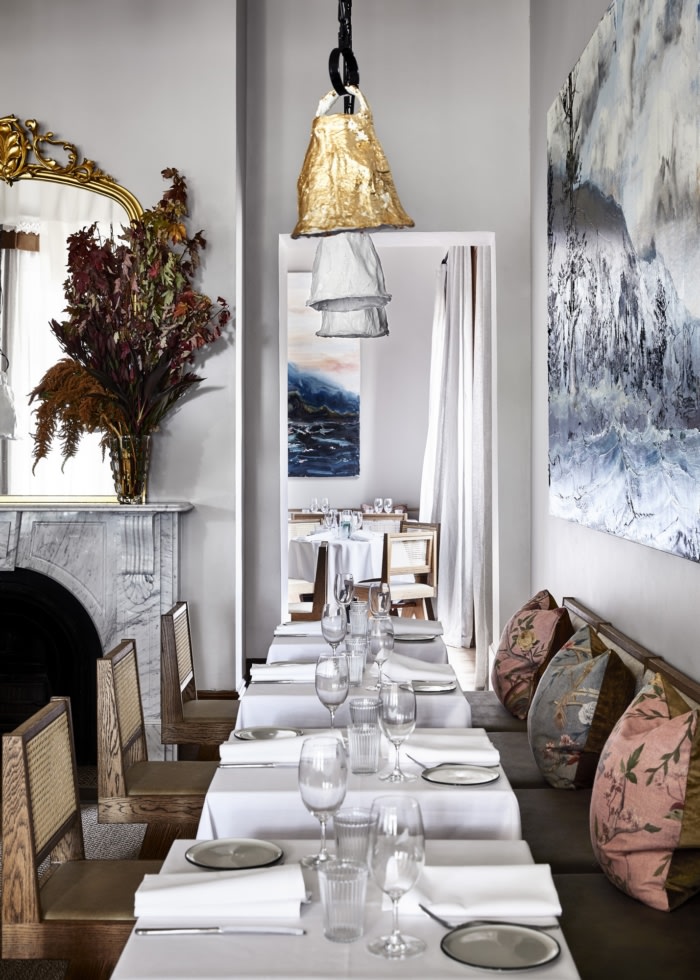
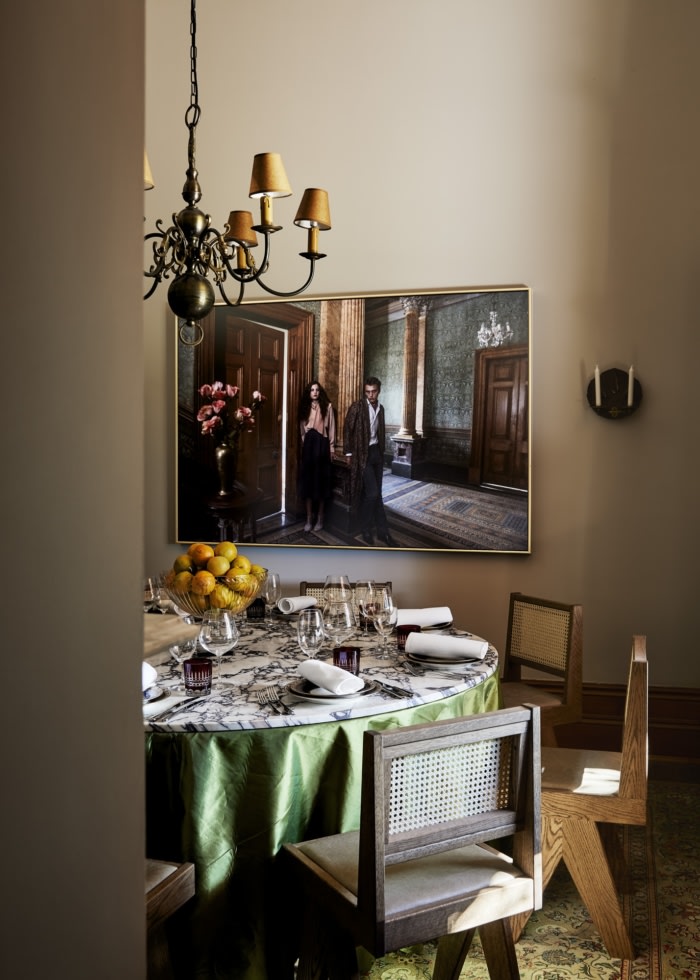
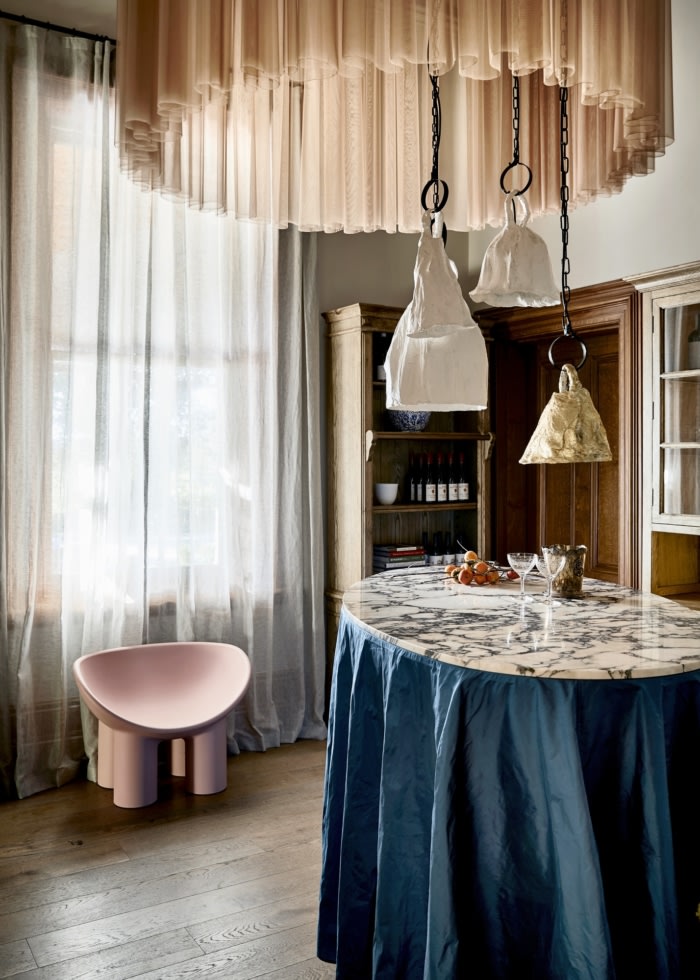




Now editing content for LinkedIn.